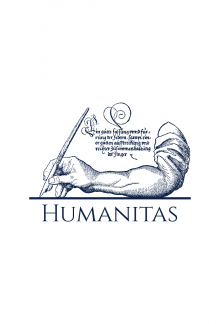- Home
- Academic & Professional Literature
- Medicine: Biomedical Sciences
- Public Health & Nursing
- Second-Order Consensus of Continuous-Time Multi-Agent Systems

Lianghao Ji
Second-Order Consensus of Continuous-Time Multi-Agent Systems
Voted 0
ISBN: 9780323901314
Author : Lianghao Ji
Published: 2021
Publisher: Academic Press
Language: English
Format: Paperback / softback
Format: 9.25×7.5
Author : Lianghao Ji
Published: 2021
Publisher: Academic Press
Language: English
Format: Paperback / softback
Format: 9.25×7.5
Price:
Whe don't have this product
Delivery in Lithuania within 3-5 weeks. Possible delay
In stock. Delivery in Lithuania within 1-4 working days
Delivery in Lithuania within 3-5 weeks. Possible delay
Delivery conditions
Description
<p><i>Second-Order Consensus of Continuous-Time Multi-Agent Systems</i> focuses on the characteristics and features of second-order agents, communication networks, and control protocols/algorithms in continuous consensus of multi-agent systems. The book provides readers with background on consensus control of multi-agent systems and introduces the intrinsic characteristics of second-order agents’ behavior, including the development of continuous control protocols/algorithms over various types of underlying communication networks, as well as the implementation of computation- and communication-efficient strategies in the execution of protocols/algorithms. The book's authors also provide coverage of the frameworks of stability analysis, algebraic criteria and performance evaluation. </p> <p>On this basis, the book provides an in-depth study of intrinsic nonlinear dynamics from agents’ perspective, coverage of unbalanced directed topology, random switching topology, event-triggered communication, and random link failure, from a communication networks’ perspective, as well as leader-following control, finite-time control, and global consensus control, from a protocols/algorithms’ perspective. Finally, simulation results including practical application examples are presented to illustrate the effectiveness and the practicability of the control protocols and algorithms proposed in this book. </p>
Reviews (0)
Write a review
